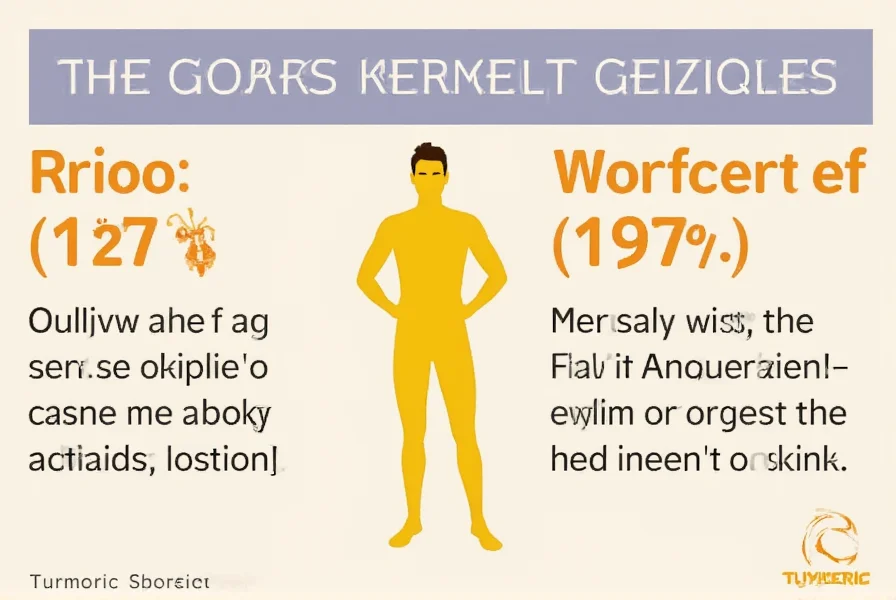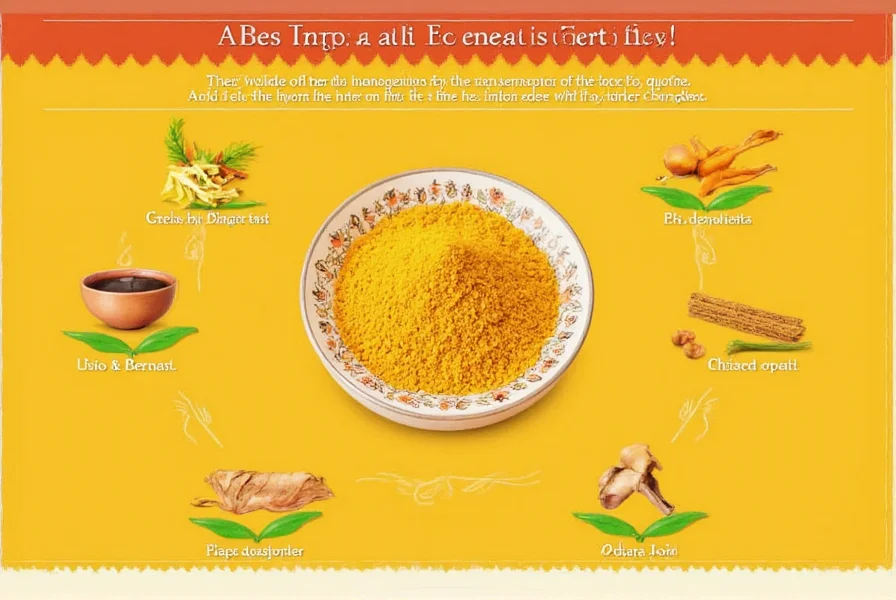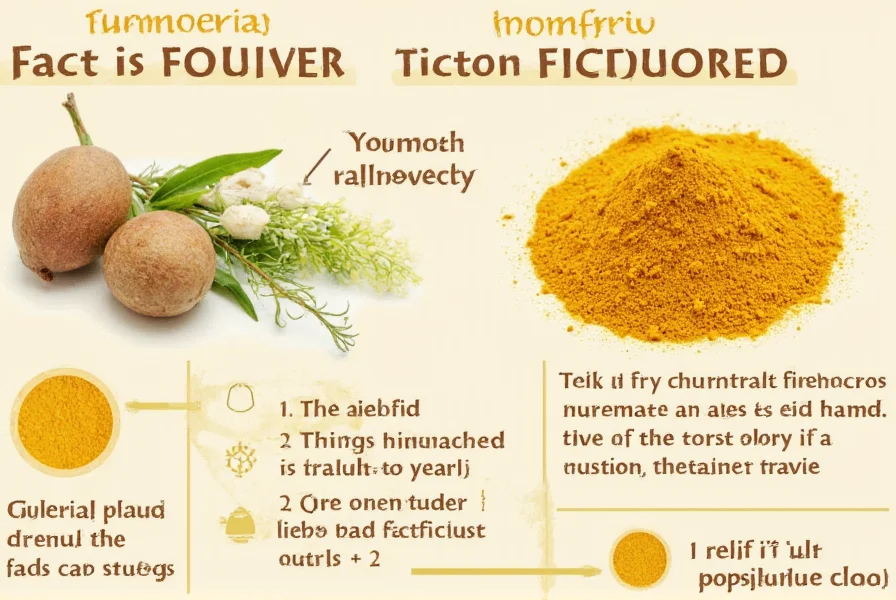Turmeric Chandler isn't a recognized botanical variety of turmeric. The term likely stems from confusion between 'turmeric' and 'Curcuma' (its scientific genus name) or refers to turmeric products from a company named Chandler. Actual turmeric cultivars include Alleppey Finger, Erode Turmeric, and Salem Turmeric, each with distinct chemical profiles and growing requirements.
When searching for turmeric chandler information, many users encounter confusion due to this common misnomer. This comprehensive guide clarifies the reality behind this term while providing accurate botanical information about genuine turmeric varieties and their characteristics.
Understanding Turmeric Nomenclature Confusion
The persistent turmeric chandler mix-up typically occurs in two scenarios: when users mishear "Curcuma longa" (turmeric's scientific name) as "turmeric chandler," or when referencing products from businesses incorporating "Chandler" in their branding. Unlike standardized agricultural naming conventions, this misnomer lacks recognition in botanical databases or agricultural extension resources.
Authentic turmeric varieties follow strict naming protocols established by agricultural research institutions. The most common turmeric cultivars recognized globally include:
| Variety Name | Primary Growing Region | Curcumin Content | Distinguishing Characteristics |
|---|---|---|---|
| Alleppey Finger | Kerala, India | 2-5% | Bright orange-yellow, high essential oil content |
| Erode Turmeric | Tamil Nadu, India | 3-6% | Deep yellow, medicinal grade, GI tagged |
| Salem Turmeric | Tamil Nadu, India | 2-4% | Dark yellow, robust flavor profile |
| Madagascar Turmeric | Madagascar | 4-7% | Exceptionally high curcumin, vibrant color |
Botanical Facts About Genuine Turmeric Varieties
Understanding authentic turmeric cultivar characteristics helps distinguish legitimate information from common misconceptions. Turmeric (Curcuma longa) belongs to the Zingiberaceae family, sharing lineage with ginger and cardamom. Its rhizomes contain curcuminoids—the bioactive compounds responsible for turmeric's distinctive color and studied health properties.
The curcumin content variation among turmeric types significantly impacts both culinary applications and potential health benefits. Higher curcumin varieties like Madagascar Turmeric (4-7%) offer more concentrated compounds compared to standard varieties (2-5%). This variation explains why certain turmeric cultivar selection matters for specific applications.

Research-Backed Benefits of Turmeric Varieties
Scientific research consistently demonstrates that different turmeric cultivars exhibit varying bioactive profiles. A 2023 phytochemical analysis published in the Journal of Agricultural and Food Chemistry revealed significant differences in curcuminoid composition across eight major turmeric varieties. The study found Madagascar Turmeric contained 6.8% curcuminoids—nearly double the average of common Indian varieties.
When evaluating turmeric variety health implications, consider these evidence-based findings:
- Higher curcumin varieties show increased bioavailability when combined with black pepper (piperine)
- Rhizome color correlates with curcuminoid concentration—darker yellow varieties typically contain more
- Essential oil composition varies significantly between cultivars, affecting both flavor and potential therapeutic applications
- Soil composition and climate conditions during growth substantially impact final phytochemical profile
Identifying Authentic Turmeric Products
Navigating the turmeric product marketplace requires understanding legitimate labeling practices. Reputable suppliers specify the exact cultivar, geographical origin, and curcumin content. Be cautious of products using ambiguous terms like "turmeric chandler" without providing verifiable cultivar information.
When selecting high-quality turmeric varieties for consumption, look for these indicators:
- Certified organic labeling from recognized authorities
- Specific cultivar identification (e.g., "Alleppey Finger")
- Third-party testing results for curcumin content
- Geographical Indication (GI) tags for region-specific varieties
- Transparent sourcing information including harvest dates

Common Misconceptions in Turmeric Terminology
The turmeric naming confusion extends beyond the "chandler" misnomer. Many marketing terms lack botanical validity:
- "Wild turmeric" - Often used for Curcuma aromatica, a different species with distinct properties
- "Golden spice blend" - Typically indicates a mixture rather than pure turmeric
- "Enhanced absorption turmeric" - Refers to formulation, not a specific variety
- "Organic chandler turmeric" - Marketing term without agricultural recognition
Understanding these distinctions helps consumers make informed decisions about authentic turmeric variety selection based on actual botanical characteristics rather than marketing terminology.
Practical Applications of Different Turmeric Varieties
Choosing the right turmeric cultivar for specific uses maximizes both flavor and potential benefits. Culinary applications typically benefit from varieties with balanced curcumin and essential oil content, while therapeutic applications may prioritize higher curcumin concentrations.
Consider these practical turmeric variety recommendations:
- Cooking applications: Erode Turmeric offers excellent flavor balance for everyday cooking
- Golden milk preparations: Alleppey Finger provides vibrant color and smooth flavor
- Supplement formulation: Madagascar Turmeric delivers highest curcumin concentration
- Traditional medicine: Salem Turmeric remains preferred in Ayurvedic preparations
Conclusion: Navigating Turmeric Information Accurately
The term turmeric chandler represents a common point of confusion rather than a legitimate botanical classification. By understanding authentic turmeric varieties, their characteristics, and proper naming conventions, consumers can make more informed decisions about turmeric selection and usage. Always seek products that specify the actual cultivar and provide verifiable quality metrics rather than relying on ambiguous marketing terminology.











 浙公网安备
33010002000092号
浙公网安备
33010002000092号 浙B2-20120091-4
浙B2-20120091-4